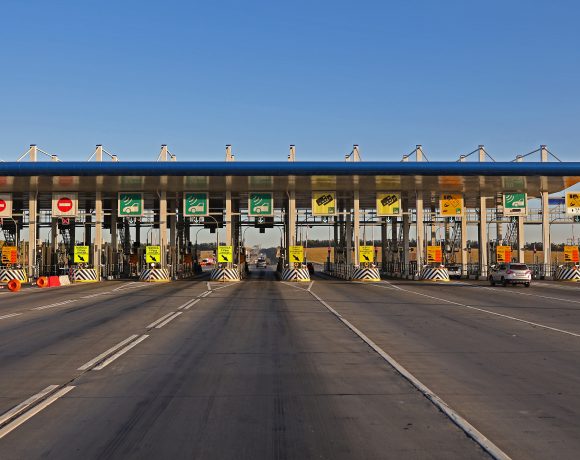
Maharashtra, Karnataka Draw 51% of India’s FDI in FY25
India’s foreign direct investment (FDI) landscape saw a significant upswing in FY25, reaching a three-year high of USD 81.04 billion. In a trend that underscores the centralisation of foreign investment, Maharashtra and Karnataka together accounted for more than half of the total inflows, collectively drawing 51% of the national FDI pie.
FDI inflows surge in Maharashtra and Karnataka
Maharashtra retained its lead as the top investment destination with FDI inflows amounting to USD 19.6 billion, contributing approximately 31% of the total. Karnataka followed with USD 6.62 billion, adding another 10% to the national tally. These two states remain the dominant investment magnets, riding on their established infrastructure, sectoral strength, and investor-friendly governance.
The remaining 49% of FDI was distributed among several other high-performing states including Delhi, Gujarat, Tamil Nadu, Haryana, and Telangana. However, the concentration of capital in Maharashtra and Karnataka indicates a persistent regional skew in India’s investment profile.
Why these states lead India’s FDI story
Maharashtra’s financial capital Mumbai, coupled with its mature industrial corridors and efficient policy mechanisms, continues to make it a preferred choice for global investors. The state’s blend of manufacturing hubs, financial institutions, and logistics connectivity boosts its attractiveness.
Karnataka, home to India’s Silicon Valley, has built a reputation for cutting-edge innovation, ease of doing business, and a vibrant startup ecosystem. Bengaluru’s status as a global tech and R&D hub adds immense weight to Karnataka’s FDI appeal, particularly in the services and technology sectors.
Implications and future prospects
While the rise in overall FDI inflows is a positive sign for India’s economy, the geographic concentration presents a challenge. States beyond Maharashtra and Karnataka will need to invest more in improving infrastructure, simplifying regulatory frameworks, and nurturing sector-specific strengths to compete for global capital.
Economists also point out that increased repatriation of FDI profits—seen alongside higher inflows—reflects a maturing capital environment in India. This dual trend signals growing investor confidence and the cyclical nature of capital movement in a more stable economic framework.
The focus now must shift to deepening FDI quality—bringing in capital not just in quantity but in value-added areas such as advanced manufacturing, green technologies, and financial services.
India’s FDI journey in FY25 clearly reflects the role of proactive state policies, sectoral leadership, and infrastructural readiness in shaping investor decisions. As global capital continues to search for stable and scalable destinations, Maharashtra and Karnataka stand as the current frontrunners—offering both opportunity and a template for the rest of the country to emulate.


















